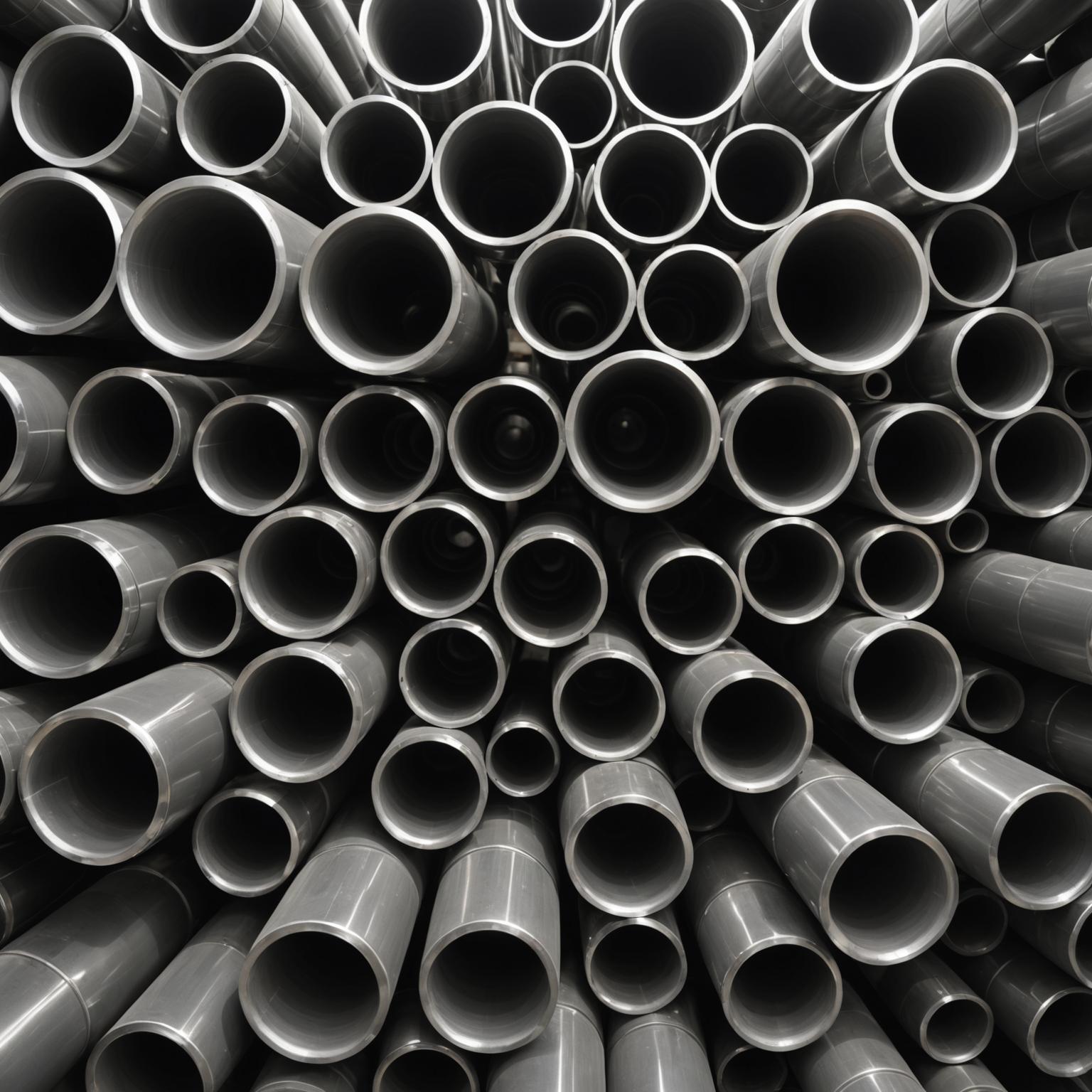A Guide to Selecting Stainless Steel Pipes for the Middle East Environment
When undertaking construction or industrial projects, understanding the specific challenges of the operational location is paramount. This is especially true for the demanding stainless steel pipe use environment found across the Middle East. This region, known for its ambitious architectural marvels and sprawling industrial complexes, presents a unique set of environmental factors that can test the limits of even the most robust materials. From extreme heat and corrosive saline air to abrasive sand, selecting the right components is not just a matter of preference but a crucial factor for project longevity, safety, and cost-effectiveness. High-grade stainless steel pipes, with their inherent durability and resistance, have emerged as the premier solution for navigating these harsh conditions successfully.
Understanding the Unique Environmental Challenges
The climate in the Middle East poses a multi-faceted threat to industrial materials. The most prominent challenge is the extreme heat, with ambient temperatures regularly soaring to punishing levels. This heat can cause significant thermal expansion and contraction in pipelines, leading to stress, fatigue, and potential failure over time. Furthermore, for coastal developments, which are common in the region, high humidity combined with a high concentration of airborne salt creates a severely corrosive atmosphere. This saline environment relentlessly attacks conventional metals, leading to rapid degradation and rust. Adding to this is the constant presence of fine sand and dust, carried by strong winds. These abrasive particles can erode pipe surfaces, compromising their structural integrity and protective coatings. Finally, intense and prolonged UV radiation can break down less stable materials, making material selection a critical decision for any long-term project.
Why Stainless Steel is the Premier Choice for the Region
Faced with these demanding conditions, stainless steel pipes offer a suite of features that make them the ideal material. Their most celebrated quality is exceptional corrosion resistance. This is due to the chromium content in the alloy, which forms a passive, self-repairing oxide layer on the surface, providing a formidable barrier against rust and chemical attack. This makes it perfect for desalination plants, coastal oil and gas facilities, and architectural structures throughout the Middle East. Beyond corrosion, these pipes exhibit excellent performance at high temperatures, maintaining their strength and form where other materials might warp or weaken. This thermal stability is essential for ensuring the operational integrity of systems running under the desert sun. Our precision-engineered pipes, featuring uniform inner diameters and seamless construction, guarantee optimal flow characteristics and structural reliability. This durability translates directly into a longer service life and significantly reduced maintenance costs, positioning them as a wise and sustainable investment for any major project.
A Guide to Selecting the Right Stainless Steel Pipe
Choosing the correct stainless steel pipe requires a careful assessment of the project's specific needs. The first step is to consider the application. A pipe intended for a high-pressure chemical processing line will have different requirements than one used for a decorative architectural element. The next critical step is selecting the appropriate grade. While Grade 304 is a versatile and common choice, the highly corrosive coastal areas of the Middle East often demand the superior performance of Grade 316 or even more specialized duplex grades. Grade 316 contains molybdenum, which provides enhanced resistance to chloride-induced corrosion, making it essential for marine applications and desalination facilities. The construction of the pipe is also a key factor. Our seamless pipes are engineered for maximum strength in high-pressure environments, minimizing weak points and ensuring system safety. For projects where aesthetics are as important as function, a polished, pristine finish not only adds a touch of modern sophistication but also enhances corrosion resistance by providing a smoother surface where corrosive agents cannot easily settle. Furthermore, with customizable options available, we can tailor pipes to your exact dimensional or coating specifications, ensuring a perfect fit for your unique project needs.
Best Practices for Installation and Long-Term Maintenance
Proper installation and maintenance are key to maximizing the lifespan and performance of your stainless steel piping system. During installation, it is crucial to use compatible fittings and fixtures made from similar grades of stainless steel to prevent galvanic corrosion, which can occur when dissimilar metals are in contact. Care must also be taken to avoid surface contamination or scratches from tools, as these can compromise the protective passive layer. Once installed, the maintenance routine for stainless steel is minimal but important. In dusty or coastal environments, periodic cleaning with fresh water is recommended to remove accumulated salt, sand, and other deposits. This simple step helps maintain the material's passive layer and preserves its clean, aesthetic appearance. Regular visual inspections should also be part of the maintenance protocol, especially for critical systems, to identify any potential issues early. By adhering to these best practices, you ensure that your investment in high-quality stainless steel pipes delivers unparalleled reliability and longevity, even in the world's most challenging environments.








